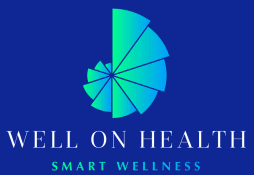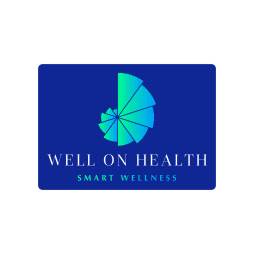Anti-aging supplements are shown to replenish what the body has lost over time. They’ll reinvigorate skin, muscles, internal organs, hair, and other parts of our bodies. For the boomer generation, the standard of living is becoming an all-important topic. Supplements and antioxidant foods for anti-aging are the latest craze within the war against wrinkles, lines, puffy eyes, sagging body parts, hair loss, and lack of energy. Fighting signs of aging from the “inside out” is that the best way for people to urge a foothold in battle with the aging process.

The most effective anti-aging supplements is that the cocktail kind of supplements that contain variety of various drugs and ingredients. These anti-aging supplements try and correct all the factors that are contributing to the aging process within our bodies. Generations of grandmothers have prepared hot honey drinks and soup to soothe sore throats, calm frayed nerves, ensure a good night’s sleep and to fight the cold.
Anti-aging supplement may be very effective but they have to even be utilized in conjunction with a healthy diet and lots of exercise. The exercise that I’m talking about isn’t only the physical type but also of the mental type. Why have a body that’s in great shape but your mind is in neutral?
Anti-Aging supplement cocktails don’t seem to be about creating an ageless society. It’s not about miracle cures, virtually immortality or about discovering the fountain of youth. it’s learning about what is done living an extended, healthful, and a more productive life.
As we grow old it’s really hard to urge all the vitamins and minerals our body strives for on an everyday. Using the FDA recommended dosages of vitamins and minerals now not works for the boomer generation.
- Vitamin B: Up to one-third of older people cannot absorb vitamin B from their food so taking two, three, four, or maybe seven hundred percent of the recommended dosage has become common practice.

If you’re taking large dosages of vitamin B and you notice a rise in your energy levels, they you’re on the correct track. Is taking 200 percent above the recommended working or does one have to increase the dosage to over 600 percent to note the effect. If your energy state seems to be ok and taking mega dosages of B doesn’t seem to enhance it then perhaps, you’re one in all the lucky people who doesn’t have to take this particular supplement. But you should definitely take the advice from your physician.
- Vitamin A: The first thing you wish to stay in mind when designing a supplemental cocktail that some vitamins, like vitamin A, can build up to toxic levels in your body. Vitamin A is stored within the liver and fat cells in your body and may reach toxic levels very quickly when taken within the mega dosages.
Do not take more than the recommended dosage for fat-soluble vitamin A.
The second thing to keep in mind is does the anti-aging supplement cocktail you’re taking work for you. We are all different and can age at different rates and our physical and mental requirement will differ.
- Lecithin: Getting a bit fussy within the mental area then you may consider taking Lecithin. It’s been shown to boost memory and learning and it also has anti-depressive effects further. When I notice that I don’t seem to be as sharp as I should be, I take Lecithin and by the subsequent day, I’m back to my old brilliant self. One dosage seems to last me for about six weeks and since I’m not only brilliant but also all-time low, then I don’t take it each day. Hear your body and take what works for you and forget the remainder.

- Coenzyme Q10: Our bodies produce CoQ10, a substance that’s necessary for cells to function. It helps produce a very important molecule referred to as ATP. ATP is that the fuel that helps power the energy-producing center of the cell called mitochondria. As we age, our body produces less CoQ10, and as a result, our cells don’t function as they ought to. In fact, people who suffer from chronic diseases like Parkinson’s, cancer, diabetes, and cardiovascular disease have lower CoQ10 levels than healthy people.
Researchers believe that taking CoQ10 as a supplement can help prevent cardiovascular disease. It helps prevent blood from clotting and will act as an antioxidant, which protects our cells against the consequences of free radicals that may damage cells and cause cardiovascular disease. Moreover, researchers suspect CoQ10 supplements may improve the health of diabetics by managing glucose, cholesterol, and blood pressure.

Consumers may choose to buy CoQ10 as a supplement in several forms, including soft gel capsules and even an oral rinse that helps treat gum disease. The supplement also comes in hard-shell capsules and tablets. Cosmetic companies also add CoQ10 to numerous products. The recommended dosage for adults is 30 to 300 mg. daily.
CoQ10 supplements seem to own no side effects aside from an occasional indigestion. However, seek advice from your physician if you would like to require the supplement and are on other medications.
- Carnitine: Produced in the liver and kidneys, and stored in the heart, brain, muscles and sperm, carnitine is a nutrient that helps the body turn fat into energy. Some people take carnitine pills because their bodies, for whatever reason, do not produce enough of the nutrient. Among its other benefits, several studies suggest that carnitine helps reduce the symptoms of angina, a medical condition in which a lack of blood to the heart causes severe chest pains.

Acetyl-L-Carnitine is a type of carnitine. It has been touted as a treatment for Alzheimer’s disease and as an anti-aging supplement because it improves memory function. Carnitine is also used to help relieve depression related to senility and dementia. Several studies suggest that L-carnitine supplements may increase sperm count in men.
The recommended dosage for the supplement varies depending on what ailment is being treated.
- Fish Oil: The key component of fish oil supplements is omega-3, which is a fatty acid. Doctors tout omega-3 as a way to keep your heart healthy. It can also reduce the overall risk of sudden death in patients with coronary heart disease. Some studies also show that fish oil is beneficial in lowering high triglyceride levels, which are fats related to cholesterol.
Some older people use fish oil to stem the effects of glaucoma and macular degeneration. According to scientists, the body does not produce its own omega-3 fatty acids, so eating a lot of fish or taking fish oil supplements is important. Omega-3 has proven useful in reducing pain and swelling, and for preventing blood from easily clotting.
However, there are some side effects. Taking too much fish oil can cause the blood to run too thin, increasing the chance of bleeding. High doses might also harm the body’s immune system, reducing a person’s ability to fight disease. Fish oil can interact with birth control pills, too.

Fish oil comes in soft gel capsules. Doctors recommend taking 1 to 4 grams of fish oil a day if you’re fighting high triglyceride levels. Those suffering from high blood pressure should take 4 grams a day. Those with depression can also benefit from fish oil. Doctors recommend taking 9.6 grams a day in conjunction with anti-depressant medications.
- Human Growth Hormone: If you want to hit old age out of the ballpark, many people recommend taking human growth hormone, or HGH. HGH is made in the body’s pituitary gland, and while it is important for normal growth in children, many books and articles have touted the hormone as a Fountain of Youth that reverses the effects of aging. That’s because HGH levels decrease naturally the older you get. There’s only one problem: There’s no scientific evidence to back up the claim that HGH will help stave off the effects of aging. Those who use HGH might even be putting their health at risk.
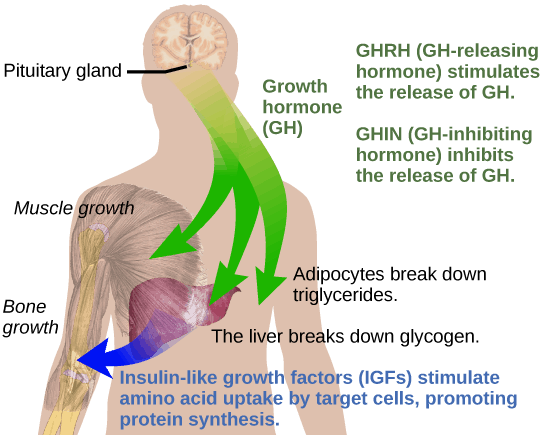
Synthetic human growth hormone was developed in 1985 and approved for use in children who had growing problems. Since then, the FDA has approved the drug’s use for adults who have various maladies, including a muscle-wasting disease associated with HIV/AIDS.
In 2007, the Annals of Internal Medicine journal concluded that while there are minimal benefits associated with the hormone, there are potential side effects, such as diabetes, and the formation of breasts in men, so HGH is regulated by the government.
Still, thousands of healthy Americans have received illegal HGH injections each year as an anti-aging drug. Athletes also use HGH as a performance-enhancing drug.
How do they get the drug if it is regulated by the government? Nefarious doctors give their patients illegal HGH injections. People can also buy the synthetic hormone over the internet and through anti-aging clinics. However, the Federal Trade Commission has seen no reliable evidence to support the claim that these products have the same effects as prescription HGH, which is always given by injection. Taken orally, HGH is digested by the stomach before it can be absorbed into the body.
What are Antioxidants Used for Anti-Aging?
Learn How to Fight Free-Radical Damage
You are what you eat! Find out how you’ll be able to use certain foods to fight damage from free-radicals you’ll encounter in your environment. Free radicals can cause signs of inflammation and premature aging. Once you know just how delicious anti-oxidant rich foods are often, you’ll really get excited about cutting inflammation and improving your health.
When you think anti-aging, does one consider expensive creams, spa treatments, or surgery?
If so, you may want to look at another less-expensive, and also the healthier alternative:
Food!
Certain foods can do rather more than fight the outward signs of aging, they will also help keep off inner symptoms likewise. Many problems of the body are caused by inflammation & oxidative damage done by free radicals. If you’ll fight these two causes, you’ll look and feel better. The foods you eat provide your body with the facility to fight damage and inflammation, especially after you mix different foods together.
What are free radicals?
These bad molecules will be a byproduct of normal metabolism. radical damage may be caused by exposure to pollutants in your environment, food, or drink. Most of us exposed to free radicals as a component of our lifestyle, so it’s important to understand what they are doing and the way you’ll be able to minimize their effects on you.
Free radicals are formed when a molecule has an unpaired electron and becomes unstable. When a molecule is unstable, it’ll steal an electron from the closest item it encounters (usually a cell in your body). Then, the molecule that was robbed becomes a radical itself, scavenging for a spare electron to use in order that it’ll be stable again. They’ll damage almost anything they are available into contact with, which is why the system sometimes creates them and uses them as a weapon against invaders it deems harmful.
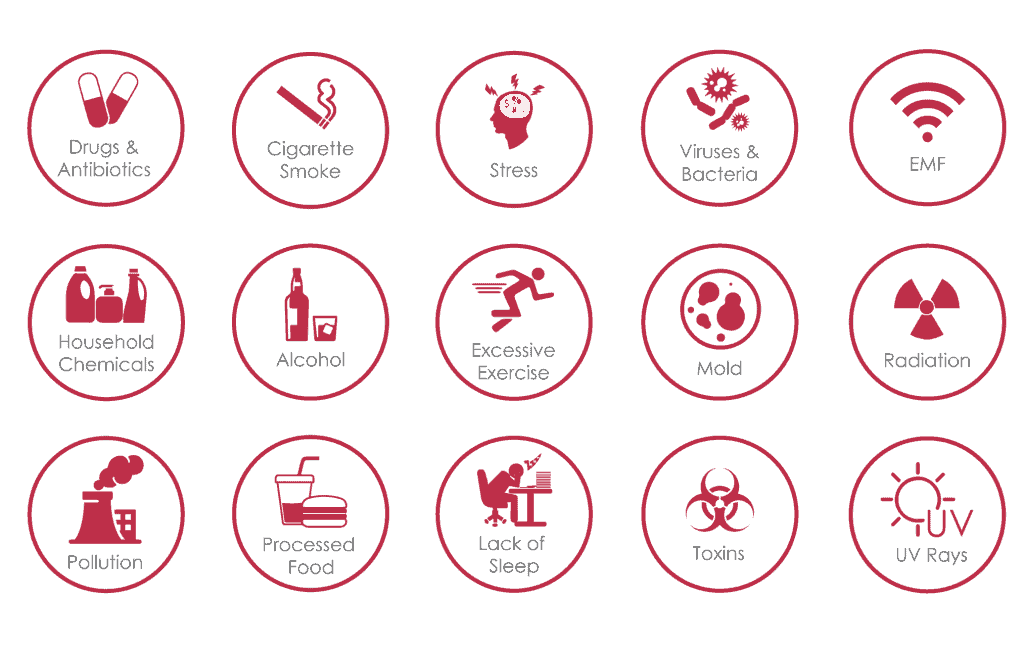
Because free radicals can create chain reactions by stealing electrons from the molecules that frame your cells, they will cause inflammation, cell damage, and signs of early aging. It’s in your best interest to fight free radicals with antioxidants. The easiest way to get your antioxidants is to eat them. Since you actually “are what you eat”, the correct foods supply many radical fighters.

You can fight free radicals with plenty of different foods. Food is your most potent weapon against radical damage. Certain foods & compounds in them have the building blocks your body is trying to find because it stops free radicals in their tracks. There are many various compounds in natural foods that fight free radicals. They are doing this by having a spare electron available to lend. When one amongst these unstable free radicals approaches an anti-oxidant, the anti-oxidant gives up its extra electron and neutralizes the danger. An anti-oxidant doesn’t become unstable, because that extra electron was always just a spare. Once you have many radical-fighting supplies ‘in stock’ your body is ready to handle these bad guys instantly. They don’t get an opportunity to break cells.
What are the foremost common anti-oxidants you’ll search for in foods?
- Anthocyanins– These powerful helpers are the dark pigments in plants. Plants will add anthocyanins to certain items, so as to convey them an upscale, dark color. Things like blueberries, blackberries, purple cabbage, cherries, and pomegranates all have lots of anthocyanins. Pale foods like cauliflower, white potatoes, and lima beans don’t have any. There are even some exotic foods, like purple potatoes, heirloom tomatoes (these may have streaks of red, purple, & orange), and black chia seeds with dark, rich colors for you to decide on from.
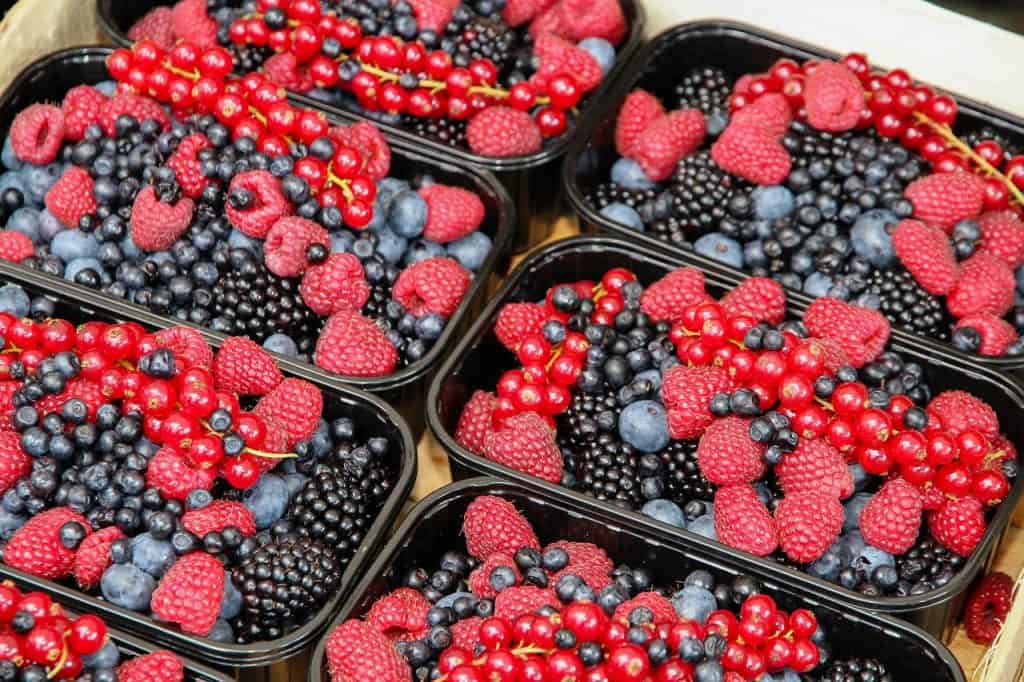
- Betanene (Beet Root)– this can be what gives beets a red color. It’s stronger than polyphenols, which are found in green tea, black tea, bitter chocolate, and olive oil. Don’t discount polyphenols though, green tea has earned its reputation as a healthy drink for many reasons.
NOTE: Drinking raw beetroot juice may lower blood pressure in those who have hypertension. If you’re going to drink it, and are on medication for high blood pressure, you’ll definitely want to have your doctor check your progress.
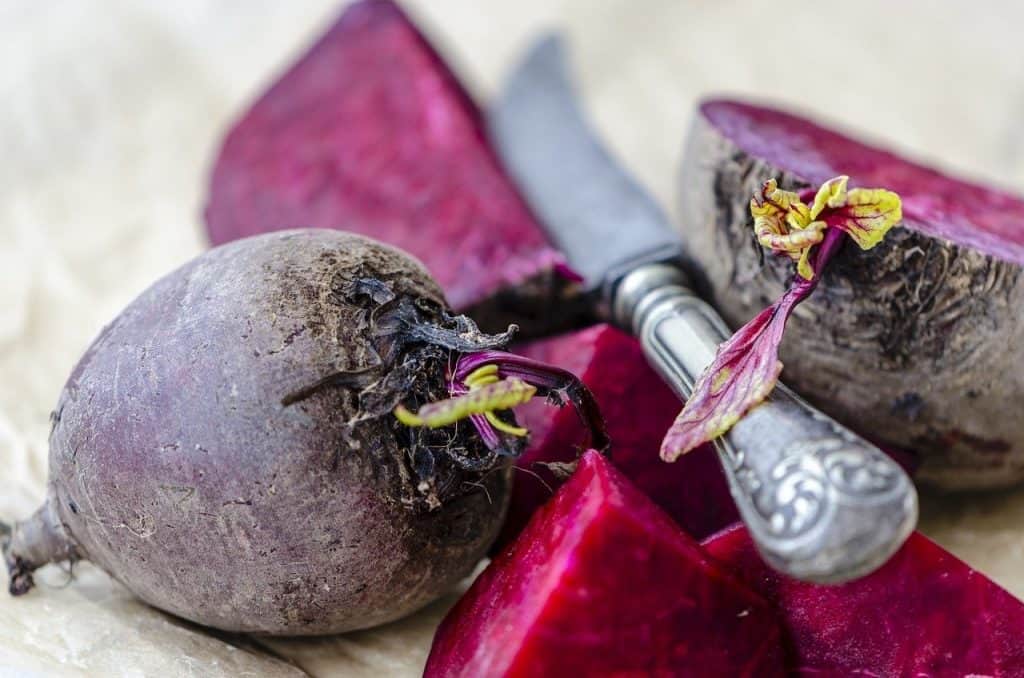
- Vitamins A and C also are antioxidants. the majority know the advantages of those fat & water-soluble vitamins, but overlook their property as a free radical fighter likewise. Fruits and vegetables are rich in vitamin A and C.
Paprika, dried parsley, cayenne, chili powder, and basil are all seasonings loaded with vitamin A. Citrus fruits, kiwis, peppers, leafy greens, papayas, and even strawberries have lots of vitamin C.
Pomegranate seeds containing high levels of vitamin C and antioxidants, and punicalagins may help to preserve collagen in your skin, slowing signs of aging.
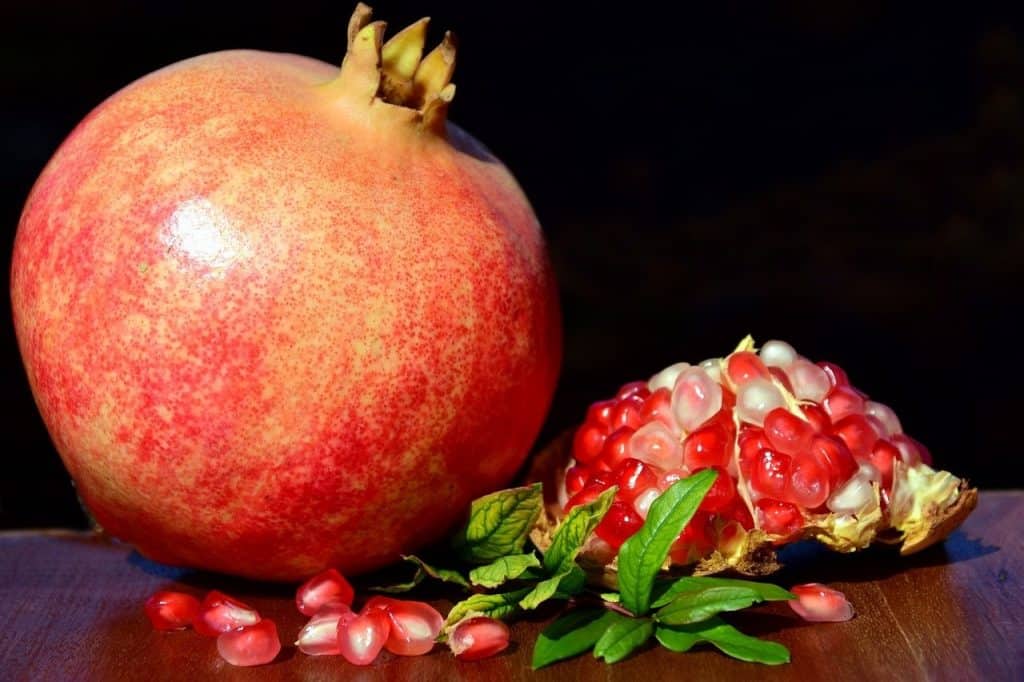
Antioxidants work best when they’re mixed together. Taking a supplement of an isolated antioxidant generally isn’t as effective as mixing together multiple ones in your meal. All of them work with one another and ride on each other’s benefits.
Notice how tomatoes have both vitamin C and anthocyanins.
Adding seasonings to your food, like tasty basil pesto, diced peppers in chili, or parsley in tabbouleh not only makes the food taste better, but it makes it healthier moreover.
- Watercress: The health benefits of watercress may astonish you! This nutrient-dense hydrating leafy green is a great source of calcium, potassium, manganese, and vitamins A, B, C, and K.
Watercress, a dark-leafy green veggie, acts as an internal skin antiseptic and increases circulation and delivery of minerals to the cells of your body, resulting in increased oxygenation of your skin. Packed with vitamins A and C, the antioxidants in watercress may neutralize harmful free radicals, helping to keep fine lines and wrinkles away.
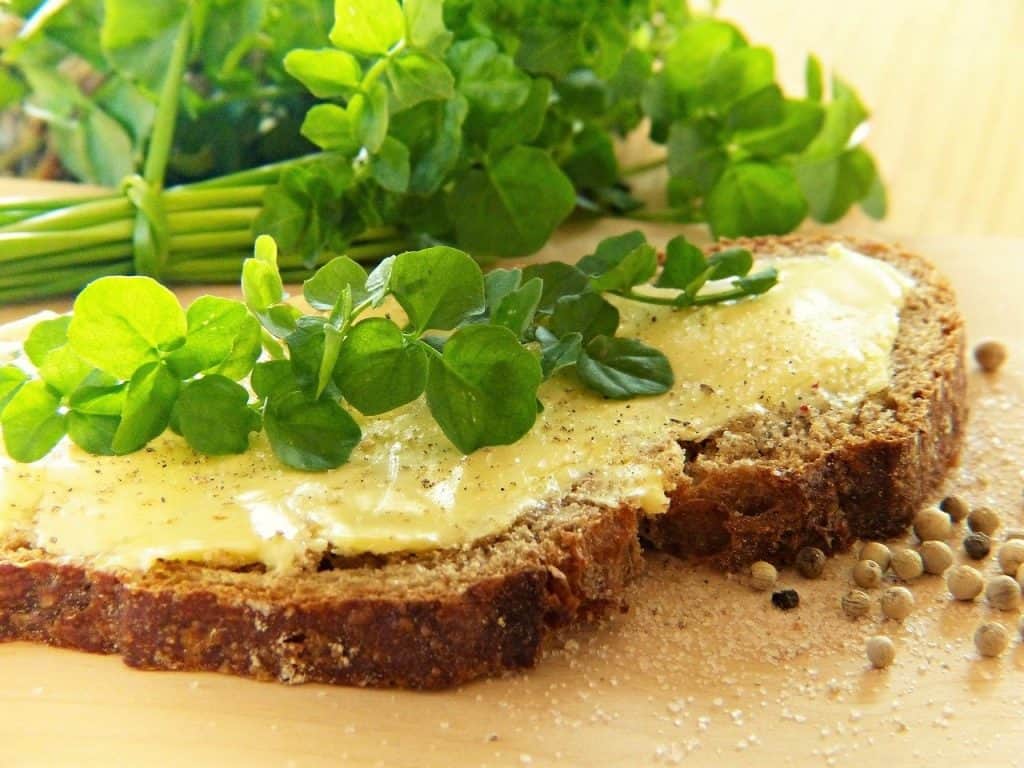
Lowering blood pressure, maintaining healthy bones and containing the antioxidant alpha-lipoic acid that can lower glucose levels are more gains when you add watercress to your meals.
To try, add a handful of this flavorful green to your salad today for glowing skin and overall improved wellness! Ways to include watercress in your meals may be as follows:
- Making a pesto using watercress.
- Trying to add watercress to any wrap, sandwich, or flatbread.
- Adding to your next omelet or egg scramble.
- Throwing a small handful into your fruit juice or smoothie.
- Chopping and adding it to your pasta sauce.
- Mixing watercress into your soup towards the end of cooking.
NOTE: For individuals taking blood-thinning medications such as warfarin, it is important not to change their intake of vitamin K suddenly which is found in watercress.
- Broccoli containing the nutrient lutein has been linked to the preservation of the brain’s memory function, as well as vitamin K and calcium which are also essential for bone health and prevent osteoporosis.
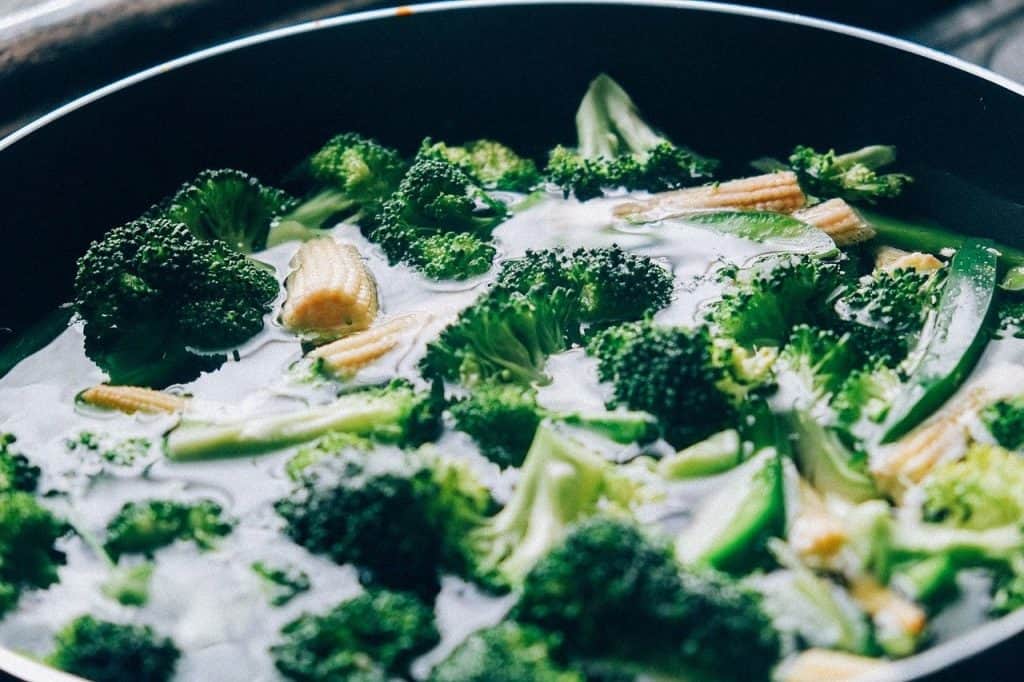
- Nuts: Many nuts such as almonds are a spectacular source of vitamin E, which help to repair skin, retain skin moisture, and protect skin from damaging sun rays.
Walnuts even contain anti-inflammatory omega-3 that may help to strengthen skin, protect against sun damage and give skin a beautiful glow by preserving its natural oil barrier.
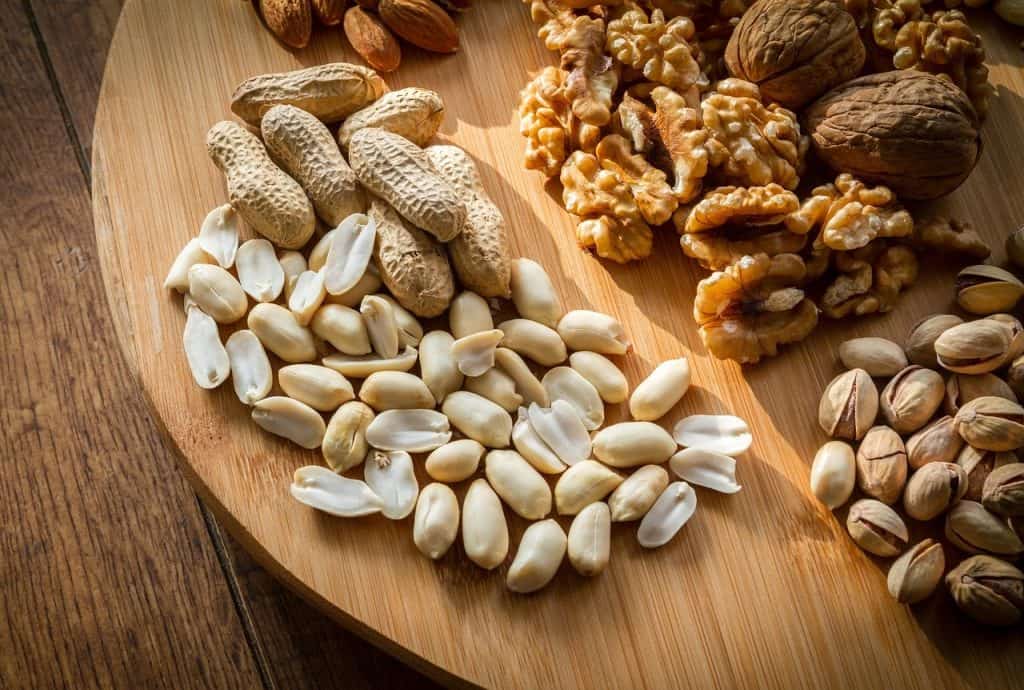
You may spread a mix of nuts on top of your salads, or eat a handful as a snack. Don’t remove the skin, either, as studies show that 50 % or more of the antioxidants are lost without the skin.
Eating some nuts is linked to reducing the risk for heart disease (walnuts) and type 2 diabetes (pistachios) and also the potential of preventing cognitive decline in older adults (almonds).
What’s a great and easy way to add antioxidants to pretty much any food?
Chia seeds are tiny, they don’t taste like anything, and they’re as easy to add as sprinkling or stirring into whatever you prefer. All of the anti-oxidant foods mentioned above have one thing in common: all of them have a flavor.
Seasonings like paprika are good…but you wouldn’t want them in your cake, pudding, or yogurt. With chia, you’ll be able to add antioxidants, vitamin B, calcium, and protein to almost anything and it won’t change the taste. Make healthy meals healthier, and power up your favorite foods by combining antioxidants…like fresh strawberries in yogurt with chia mixed in. You’ve got vitamin C from strawberries, calcium in yogurt, and omega 3 oils in chia.
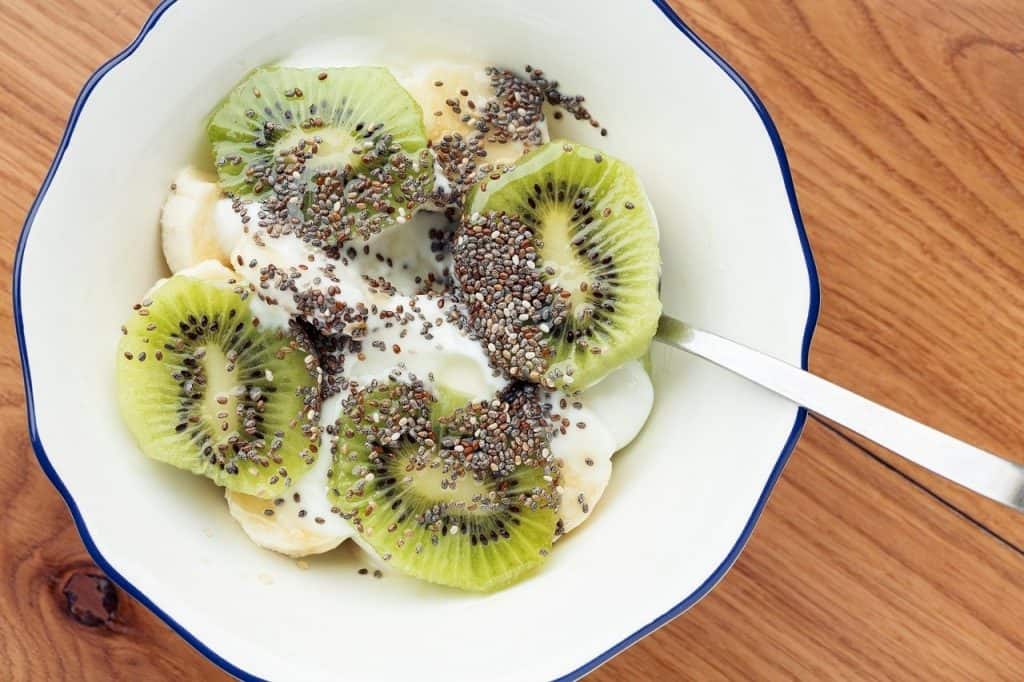
Does chia have the other antioxidants? The less commonly known, but still important antioxidants of chia are myricetin, quercetin, kaempferol, caffeic acid, and chlorogenic acid which are believed to have cardiac, hepatic protective effects, anti-ageing and anti-carcinogenic characteristics.
The possibilities are endless, and your meals is so much more interesting when you add healthy spices and combine antioxidant-rich foods like fruits, veggies, and chia seeds together. Now that you know what to look for, enrich your menu with the tons of great recipes available all over the internet, and in natural cookbooks. You’ll be surprised at how many options are at your kitchen!
Always consult your physician before using this sort of data.
This article is nutritional in nature and isn’t to be construed as medical advice.
